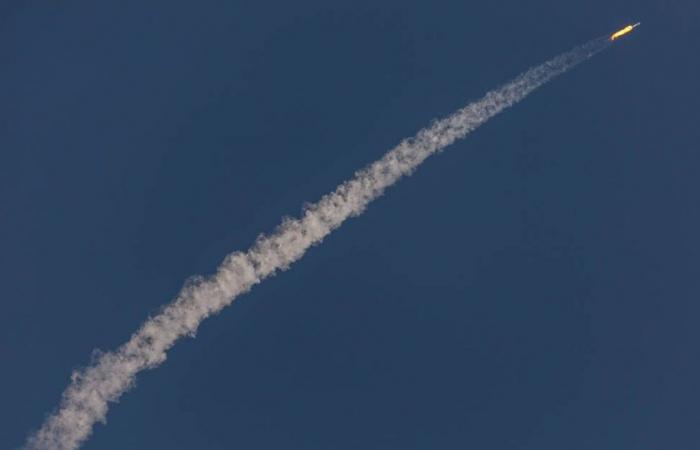Space
Article reserved for subscribers
While SpaceX has exploded the number of rocket launches since 2019 to constitute its constellation of 6,000 Starlink satellites, researchers are taking a worrying assessment of the pollution generated, not only during takeoff but also when these machines fall back to Earth.
Rocket launches are regularly criticized for the pollution they cause, at a time when each citizen is asked to reduce their own carbon footprint by limiting travel by car or plane. But atmospheric emissions during takeoffs are rather negligible when compared to annual emissions from aviation, for example. And above all, the kerosene burned when a rocket leaves the ground is only the visible part of the iceberg: the pieces of rocket and the satellites put into orbit also pollute when they fall back to Earth, much more than we realize. ‘imagine.
A study recently published in Nature Scientific Data attempts to quantify this pollution, caused on the one hand by satellite launches, on the other by their return to the atmosphere. “Contemporary and global emissions inventories are necessary”write the authors of the study, “to determine the atmospheric effects of emissions linked to atmospheric re-entries in a rapidly growing industry, in particular because of the growing influence of megaconstellations”.
A tsunami of launches
The term megaconstellations designates these swarms of satellites launched in clusters of several dozen vehicles at a time, and which operate in a network once in orbit. Satellites that provide location services such as GPS in the United States or Galileo






